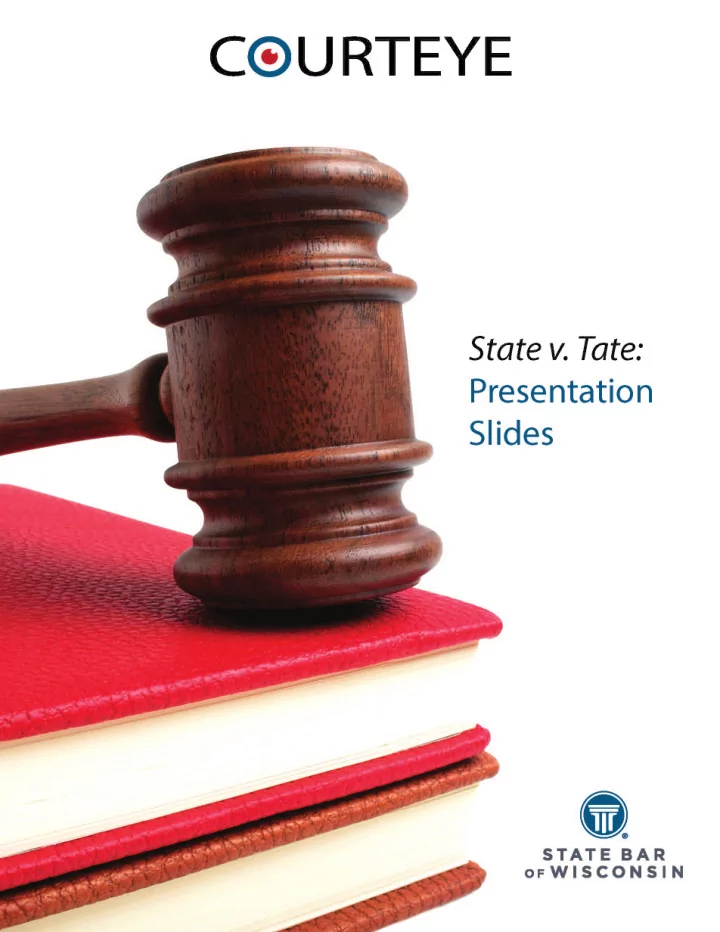

Chapter 8: The Judicial Branch
A RTICLE 3 IN C ONSTITUTION • Federal Courts – oversee federal crimes and lawsuits • Judges are appointed by the President • They are appointed for life
T HE S UPREME C OURT • 9 Justices • Chief Justice and Eight Associate Justices • Chief Justice is John Roberts
• The Supreme Court Interprets the Meaning of Laws, especially the Constitution • Judges chosen to be on Court must be approved by the Senate • This is called the Confirmation Process • Sandra Day O’Conner – first woman Justice • Thurgood Marshall – first African American Justice
U.S. D ISTRICT C OURTS • 94 Federal Courts Throughout the U.S. • Jurisdiction – the court’s authority to hear and decide a case • Original jurisdiction which means they hear a case for the first time, decide criminal and civil cases, decisions are decided by juries
U.S. C OURT OF A PPEALS • 12 Courts Throughout the U.S. • A panel of judges review cases • Appeal – to request a review of a lower court’s decision • Appellate Jurisdiction – authority of a court to hear a case appealed from a lower court
W HAT T YPES OF C ASES D O F EDERAL C OURTS H EAR ? • 1. Cases involving the Constitution • 2. Violations of Federal Laws • 3. Controversies between states • 4. Disputes between parties of different states • 5. Suits involving the Federal government • 6. Cases involving foreign governments and treaties
O THER C OURT I NFORMATION • Opinion – the courts writing of the reasoning behind their decision • Majority Opinion - the winning sides explanation • Dissenting Opinion – a write up of why a judge did not agree with the majority • Equal Protection – principle that says the law applies to everyone • Criminal Case – someone has broken a law • Civil Case – disagreement between people
Judicial Review Most cases reviewed by the Supreme Court are appeals. The justices meet once a week to decide what cases they will accept. If they take a case it is placed on a docket which is a court calendar. They usually only try 200 cases a year
J UDICIAL R EVIEW • Judicial Review – the power to say whether any federal, state, or local law goes against the Constitution • Marbury vs Madison 1803 – opinion written by John Marshall : 1. Constitution is supreme law of the land 2. If there is a conflict between the Constitution and any other law the Constitution rules 3. Judicial branch has duty to uphold the Constitution
S UPREME C OURT P ROCESS 1. Written Argument – this is a document explaining the position of each of two opposing sides in a court case, this document is called a brief 2. Oral Argument – a lawyer presents one side of a case to a judge/jury 3. Conference – the justices get together to discuss the case and make a decision 4. Opinion Writing – a justice writes up the explanation of the decision 5. Announcement – decision is announced to public
Judges follow precedents which means they look back on past court decisions when making a ruling, they follow the guiding principle of stare decisis which means “let the decision stand”
Recommend
More recommend